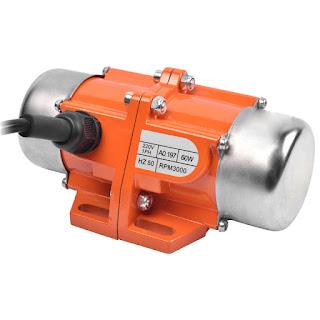There some difference in desigh between synchronous and asynchronous motors.
1. The biggest difference between synchronous and asynchronous motors is whether the rotor speed is consistent with the magnetic field speed of the stator. If the rotor's rotational speed is the same as that of the stator, it is called a synchronous motor. Otherwise, it is called an asynchronous motor.
2. When the number of poles is constant, there is a close connection between the motor's speed and frequency, namely, it is synchronous connection. Asynchronous motors are also called induction motors, whose rotor speed during operation is always lower than that of synchronous motors.
3. The synchronization refers to that after the current flows through the electric drive (stator) windings, a rotating magnetic field will be formed in the air gap. The rotation direction and speed of the magnetic field are the same as the rotation of the rotor. Therefore, it is synchronous. As for asynchronous motors, the rotating magnetic field and the rotor have a relative speed, namely, the torque will be generated.
Peaco Support provides a wide range of motors, including synchronous and asynchronous motors. Choose your suitable motors for your applications now.

Comments
Post a Comment